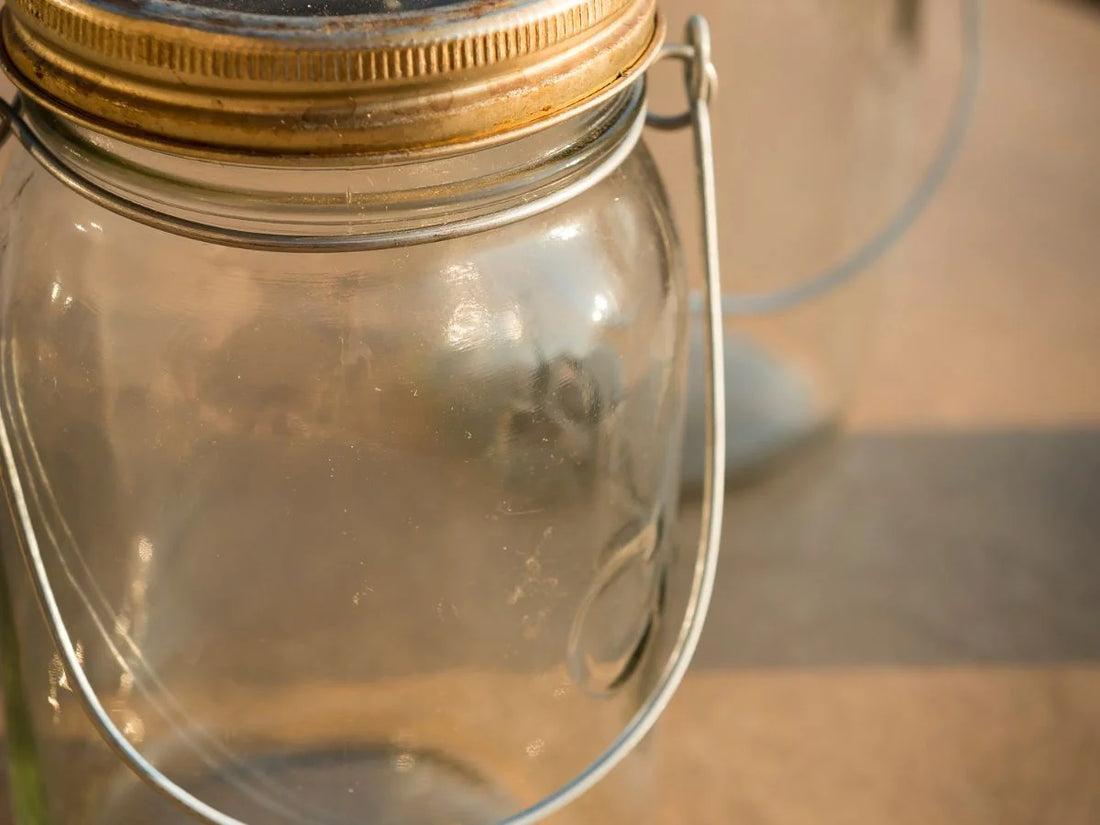
Necessity, Innovation, and Resilience
The Great Depression, beginning in the fall of 1929 with the crash of the stock market and lasting until the late 1930s, was a time of extreme hardship for many. During this period unemployment soared, and families struggled to make ends meet. Amid widespread deprivation, home canning of food emerged as a vital survival strategy, especially in the rural South, where economic conditions were not good, even before the onset of the Depression.
Many rural Southerners were farmers and already knew how to grow food for themselves and their families. Most rural folks had a big vegetable garden, growing tomatoes, collards, beans, peas, okra, sweet corn, and other vegetables. Canning enabled these families to bring their fresh summer vegetables and fruits from the garden and orchard and preserve them for winter use.
The U.S. government, through the extension services of the Department of Agriculture, played a significant role in promoting home canning during the Great Depression. Extension services offered classes and distributed educational pamphlets on home canning techniques, emphasizing their role in promoting food security. This helped spread the knowledge and skills necessary for home canning to a wider population.
In addition to government efforts, community initiatives also contributed to the rise of home canning. Many schools, churches, and community centers offered canning classes. Some communities even established communal canneries where residents could come to can their produce using shared resources.
The rise of home canning during the Great Depression was also driven by technological innovations. During this period, companies such as the Ball Corporation produced affordable, reliable home canning jars. During the Depression years, most people in the rural South used a boiling water bath to sterilize and seal their jars of canned goods. These “Mason jars,” named after the inventor John Landis Mason, were made of clear glass, which allowed for easy inspection of the food, and had a two-part lid system that created a reliable seal. This made home canning more practical, safer, and accessible to ordinary households.
Mason was only 26 years old at the time he filed his first patent in 1858. But it wasn’t until 1880 that companies such as the Ball Corporation began to mass produce Mason’s jars, along with many other companies. But the Ball Brothers Mason jar was the most successful and is the one with which most people are familiar.
While the Great Depression was a time of immense hardship, it also showcased the resilience and ingenuity of people in the face of adversity. Home canning during this period was more than just a survival strategy, it was a testament to human resourcefulness. Canning created a culture of self-reliance and community cooperation that has left a lasting impact.
Even after the economy recovered, many families continued the practice of home canning, passing down the skills and recipes through generations. Today, home canning is enjoying a renaissance as a part of the trend toward sustainable and self-sufficient living. Even in today’s world of plenty, there is almost nothing more satisfying than seeing Mason jars of tomatoes, green beans, and other vegetables you have canned yourself filling your pantry shelves. Plus, today’s Southerners can’t resist Mason jars as country decor, using them as glasses for sweet tea or lemonade or even Bloody Marys, or as containers for scented candles, or even toothbrush holders. In most homes in the South, John Mason’s legacy lives on!
Here are five creative ways you can use Mason jars in your home:
One – Wide-mouth Mason jars are great for storing snacks to supper leftovers.
Two – And did you know you can use a Mason jar as a blender container? Fill up several Mason jars with your smoothie ingredients, put on a lid, and refrigerate. When you are ready to make your smoothie, simply pull out the jar, take off the lid and replace with your blender’s rubber seal and blade attachment and you are ready to go.
Three – Smaller Mason jars make great single-serve containers for veggies and dip. Place a serving of dip in the jar, then stand up carrot red bell pepper and celery slices along one side, place a lid on the jar and into the lunchbox they go.
Four – A Mason jar makes a great gift container for food items. You can use a jar to stack cookies, or other homemade treats such as candy or caramel popcorn, or even cornbread mix. Top with a decorative square of cloth under the ring and add a pretty label to make the gift even more appealing.
Five – Use a Mason jar as your bartender at your next party. Before guests arrive, pre-portion individual cocktail ingredients into the jars then put on the lids. When guests arrive, have them add ice and give their jars a shake.
John Mason would be proud!
